Guadalupe Mountains National Park: 1st Time Visitor Guide
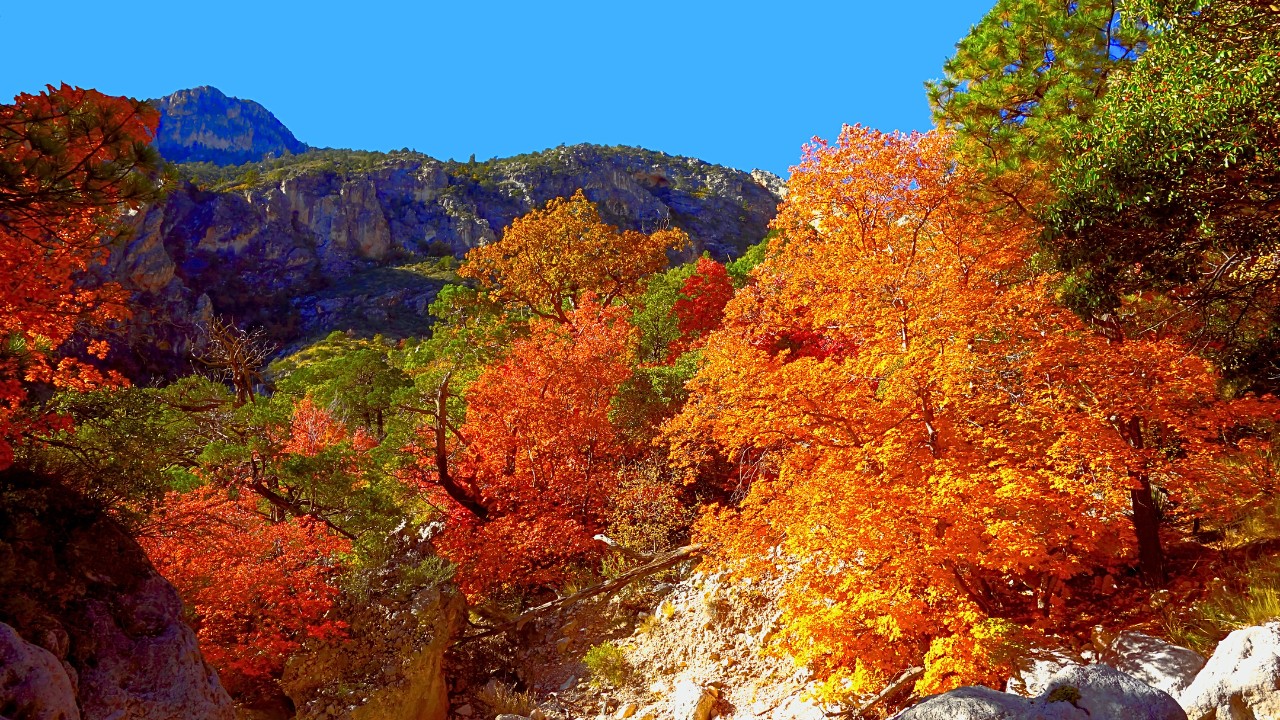
Rising from the rugged West Texas desert, Guadalupe Mountains National Park is one of the Lone Star State’s most underrated treasures. Known for its dramatic peaks, ancient fossil reefs, vibrant fall foliage, and dark sky stargazing, it’s a paradise for hikers, solitude seekers, and nature lovers. Whether you want to stand atop Texas’s highest point or explore a hidden canyon, this first-time guide will help you make the most of your visit.
Overview
Located near the New Mexico border, Guadalupe Mountains National Park protects the world’s most extensive Permian fossil reef. It’s home to diverse ecosystems, from cactus-covered deserts to lush pine forests at higher elevations. With over 80 miles of trails, scenic drives, and wide-open skies, it’s a remote and wild escape perfect for unplugging from the world.
State: Texas
Established: 1972
Size: 86,416 acres
Famous for: Guadalupe Peak (highest point in Texas), McKittrick Canyon, fall colors, hiking, and geology
How to Get There
The park is located in far West Texas, about 110 miles east of El Paso. Due to its remote location, it’s best reached by car.
Nearest Airport: El Paso International Airport (ELP) – ~2-hour drive
From El Paso: Take US-62/180 east for about 110 miles
From Carlsbad, NM: Take US-62/180 south for ~55 miles
There is no public transportation to the park, and gas stations are limited, fuel up in advance.
Photos:
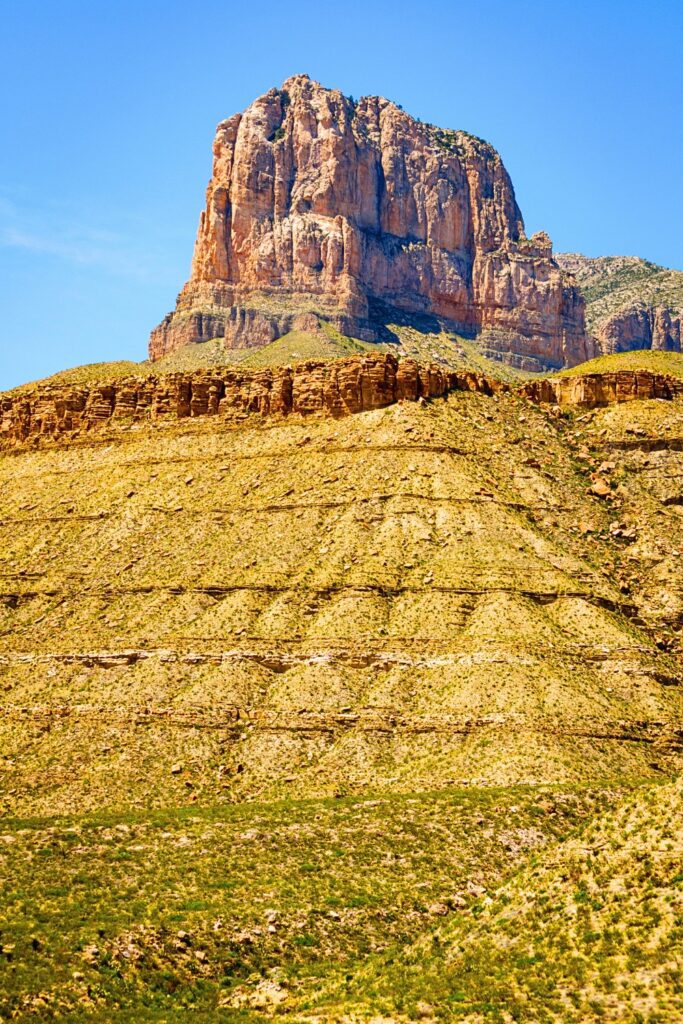

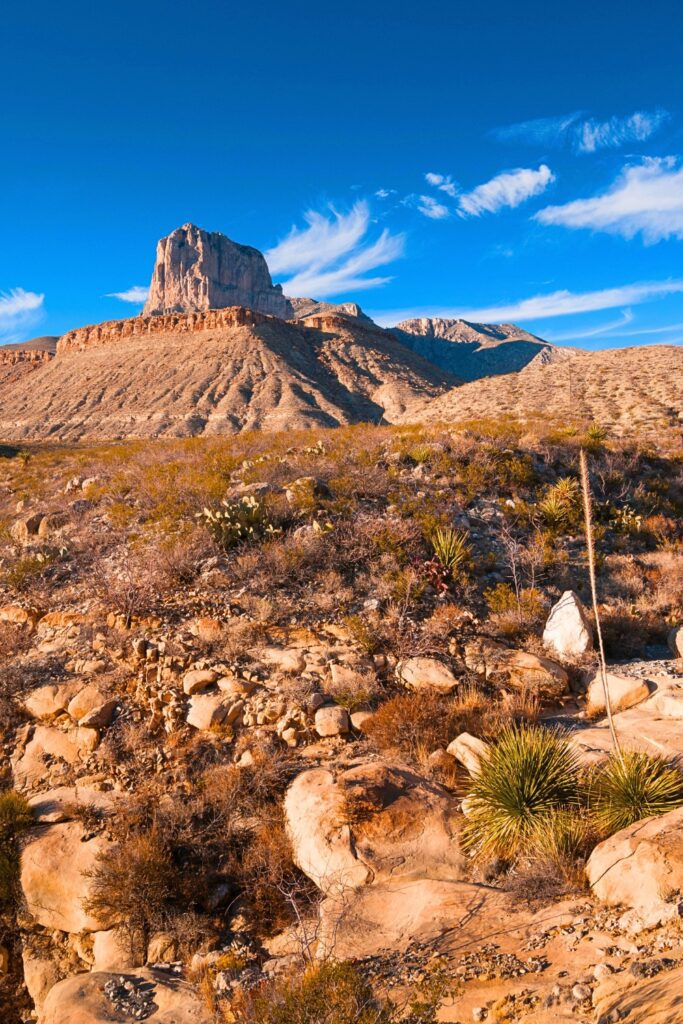

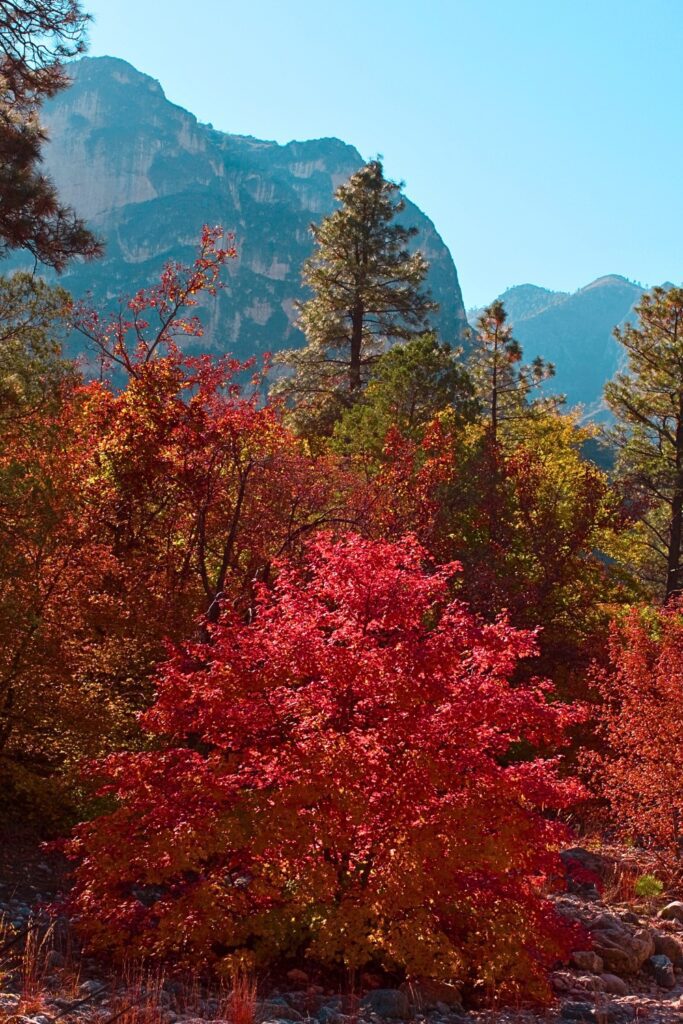
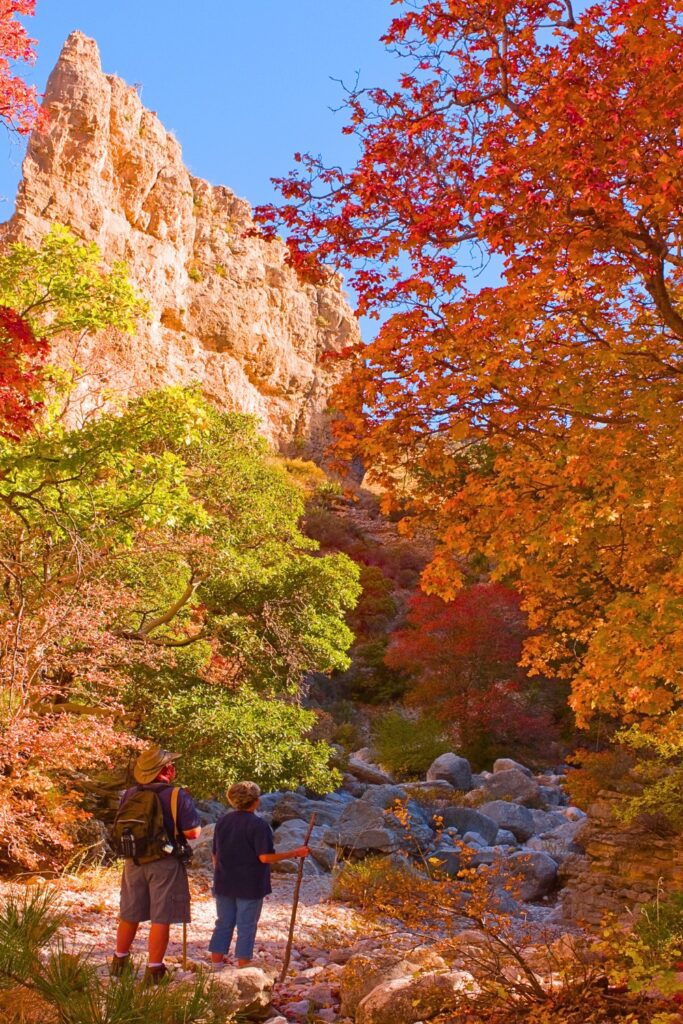
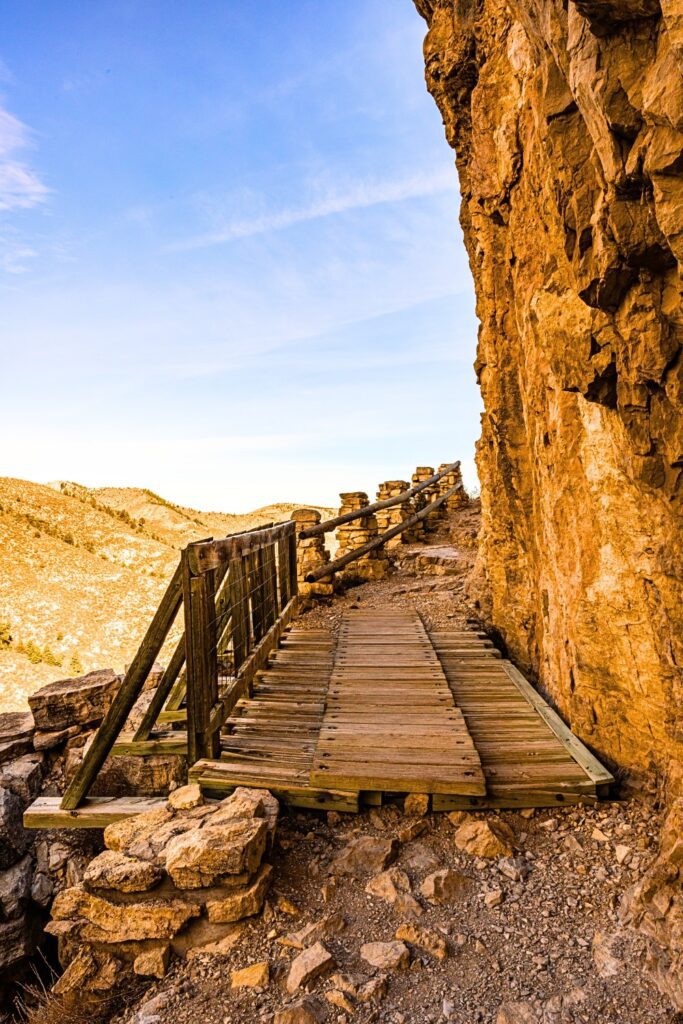
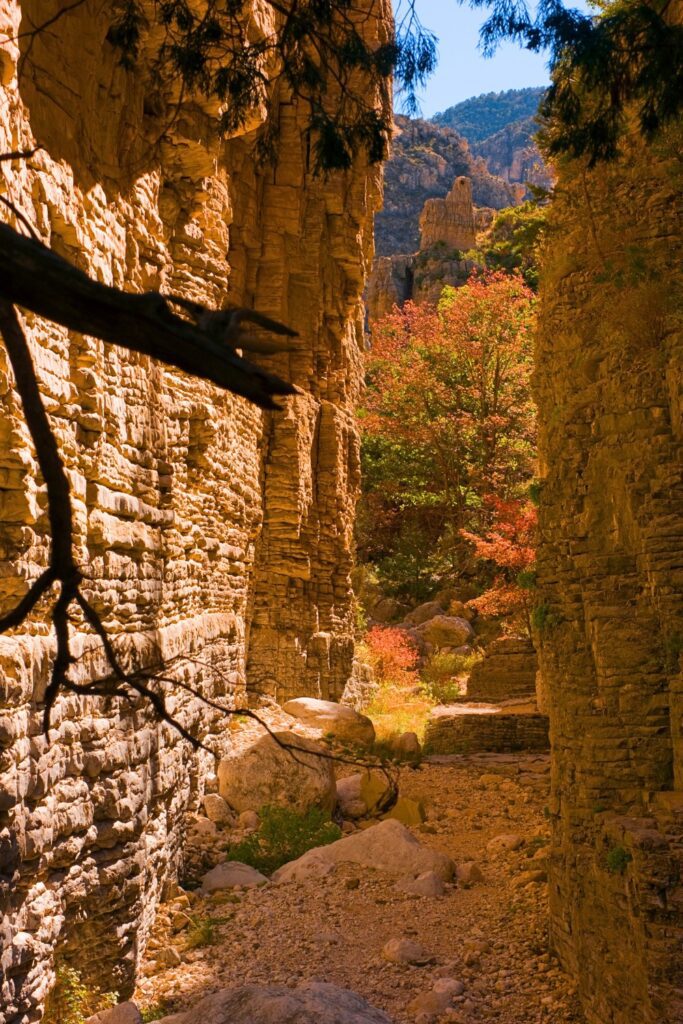

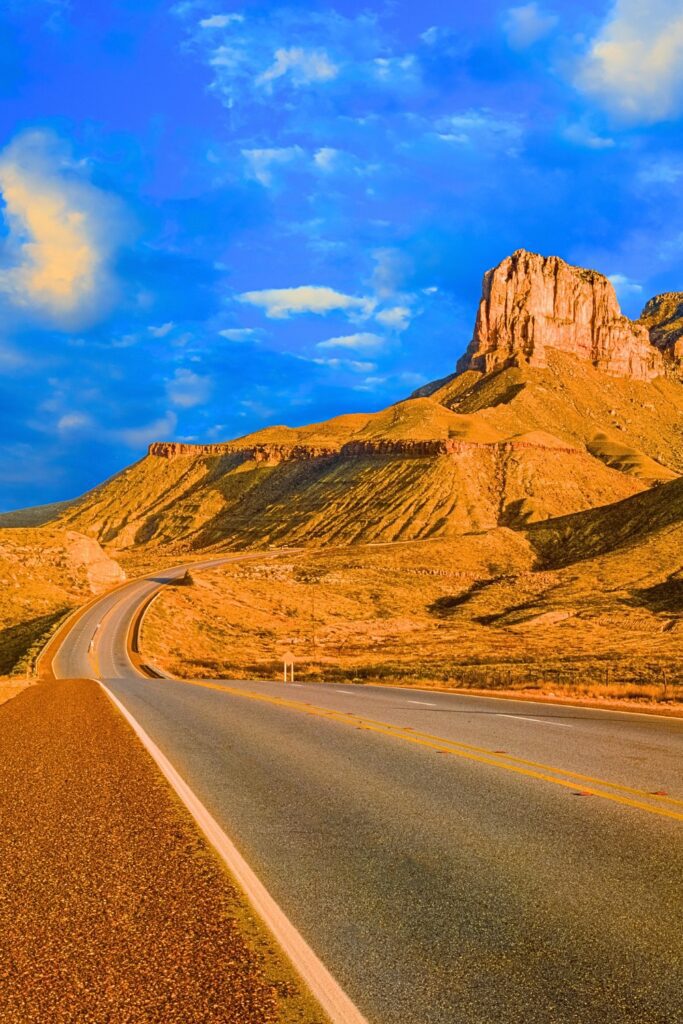
Best Times to Visit
The best time to visit Guadalupe Mountains depends on what you want to experience:
Fall (October–early November): Best for vibrant foliage in McKittrick Canyon
Spring (March–May): Wildflowers bloom and temperatures are pleasant
Summer (June–August): Can be very hot, but early mornings are manageable
Winter (December–February): Cold, windy, and quiet with fewer crowds
Avoid midday hikes in summer due to extreme heat and sun exposure.
10 Best Things to Do
Hike to Guadalupe Peak – Reach the highest point in Texas at 8,751 feet
Explore McKittrick Canyon – Stunning canyon views, especially in fall
Visit the Salt Basin Dunes – Remote white gypsum dunes with great photo ops
Check out Devil’s Hall – A slot canyon-style hike with natural rock steps
Stargaze at the Frijole Ranch area – Designated Dark Sky Park
Stop at the Pine Springs Visitor Center – Trail info and ranger programs
See the historic Frijole Ranch – Museum and glimpse into pioneer life
Watch sunset at El Capitan Overlook – Iconic views of the park’s famous peak
Take the Permian Reef Trail – For geology lovers and seasoned hikers
Camp under the stars – Minimal light pollution makes for unforgettable nights
Best Hikes (Beginner to Advanced)
Beginner:
Bowl Trail Loop (via Frijole Trailhead): Shorter segments offer forest views
Manzanita Spring Trail: Flat, easy walk with desert scenery
Moderate:
McKittrick Canyon Trail (up to Pratt Cabin or The Grotto): 4–7 miles round trip
Devil’s Hall Trail: 4.2 miles round trip through a scenic canyon
Advanced:
Guadalupe Peak Trail: 8.4 miles round trip, 3,000 feet elevation gain
Permian Reef Trail: 8.4 miles round trip with interpretive signs and views
The Bowl via Bear Canyon: Loop hike with strenuous elevation gain and alpine views
Packing List
Because of the park’s rugged, remote nature and exposure to sun and wind, pack smart:
- My Amazon gear list
2+ liters of water per person per hike
Electrolytes/snacks
Wide-brimmed hat and sunscreen
Layers for changing weather
Hiking boots with good ankle support
Map or offline navigation (cell service is limited)
Headlamp or flashlight for early or late hikes
Lightweight trekking poles for steep trails
Emergency first aid kit
National Parks pass or entrance fee payment
Where to Stay
There are no hotels inside the park, but several options nearby:
Campgrounds in the Park:
Pine Springs Campground: Near main trailheads, basic amenities
Dog Canyon Campground: Quieter and more remote, north side of park
Nearby Accommodations:
Carlsbad, NM: About 50 minutes away, with hotels and restaurants
Van Horn, TX: About1.5 hours southwest, limited lodging
El Paso, TX: 2 hours away, best for airport stays and amenities
Backcountry camping is allowed with permits.
Similar Sights
Things to Know Before You Go
No gas stations or stores inside the park – Stock up beforehand
No cell service in many areas! Download maps offline
Park entrance fee: $10/person (valid for 7 days) or use an America the Beautiful Pass
Weather is unpredictable – High winds and temperature shifts are common
Pets are limited to campgrounds and paved areas
Leave No Trace – The park is pristine and fragile; pack out everything you bring in
Final Thoughts
Guadalupe Mountains National Park offers one of the most scenic and uncrowded wilderness experiences in the United States. Whether you’re standing on the summit of Guadalupe Peak or wandering through the fall colors of McKittrick Canyon, this park rewards every visitor who ventures off the beaten path. With the right planning and gear, your first visit will be one to remember, and quite possibly the first of many.
